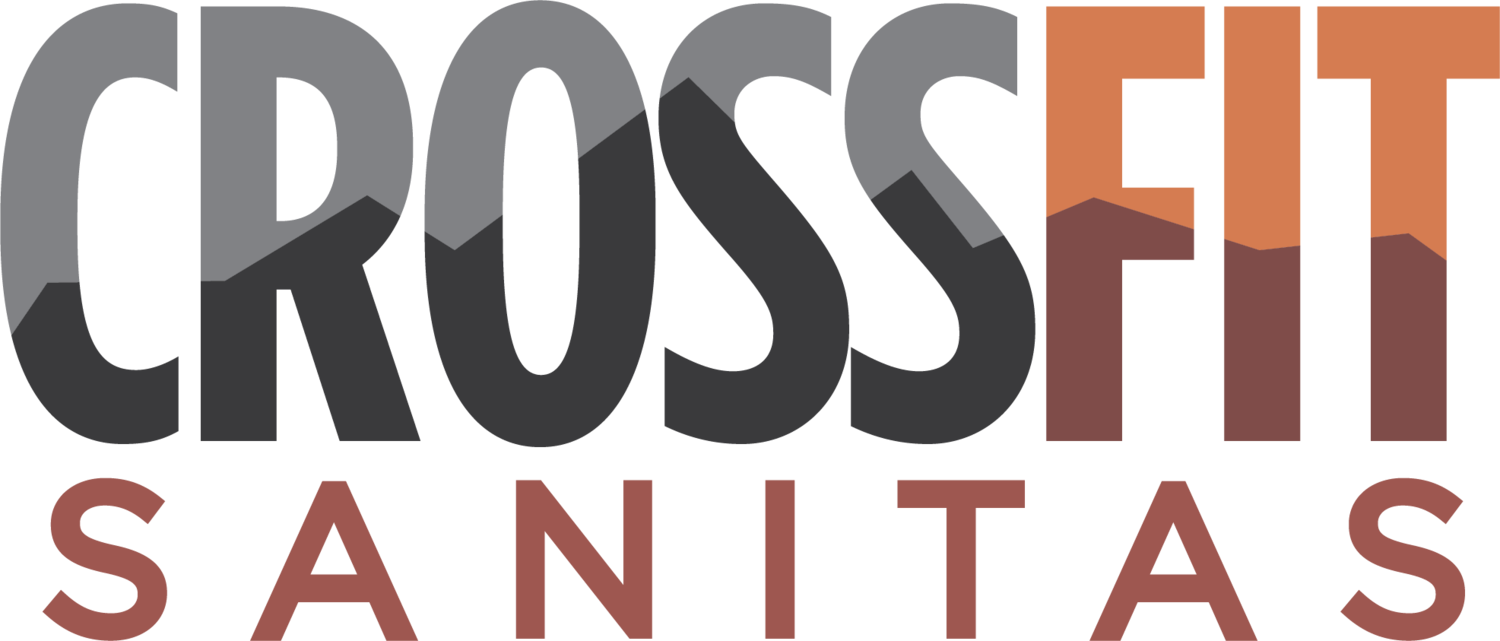Avoid Delayed Onset Muscle Soreness
We all know the feeling, 6-8 hours after a hefty workout or long period of any physical activity, your muscles start to ache and tighten up. Every movement you do reminds you of the activity done prior to getting you to this point. Peaking at around 48 hours, Delayed Onset Muscle Soreness can stop you in your tracks and put your activity level to a minimum. Some see this as a badge of honor, but too much time spent with DOMS can really impact your training and activity level.
We all know the age old tale telling us DOMS is a build-up of Lactic Acid. So before we move any further lets clear the air and say this is in fact FALSE. From what we understand today, DOMS is a byproduct of inflammation caused by micro-trauma in the connective tissue. As this micro-trauma accumulates by the breakdown of cell membranes, it allows metabolites to leak out into the cell. This process of breakdown results in localized inflammation and localized edema.
In a recent study published in the Feb. 1, 2012 issue of Science Translational Medicine, they found that massage reduced the production of compounds called cytokines. These compounds play a critical role in inflammation. They also found that massage also went as far as stimulating mitochondria, the powerhouses inside every cell that convert glucose into energy that is essential for the repair and function of a cell. Basically massage reduces the pathways responsible for inflammation, and helps the muscles adapt to high demands of output, thus increasing performance.
In my personal experience as an Athlete and a Massage Therapist who leads a very active lifestyle, massage is a key role to my recovery when the going gets tough. In my experience the most effective massage modalities in the treatment of DOMS are Deep Tissue/ Sports Massage, Thai Yoga Massage, and Neuromuscular Therapy.

